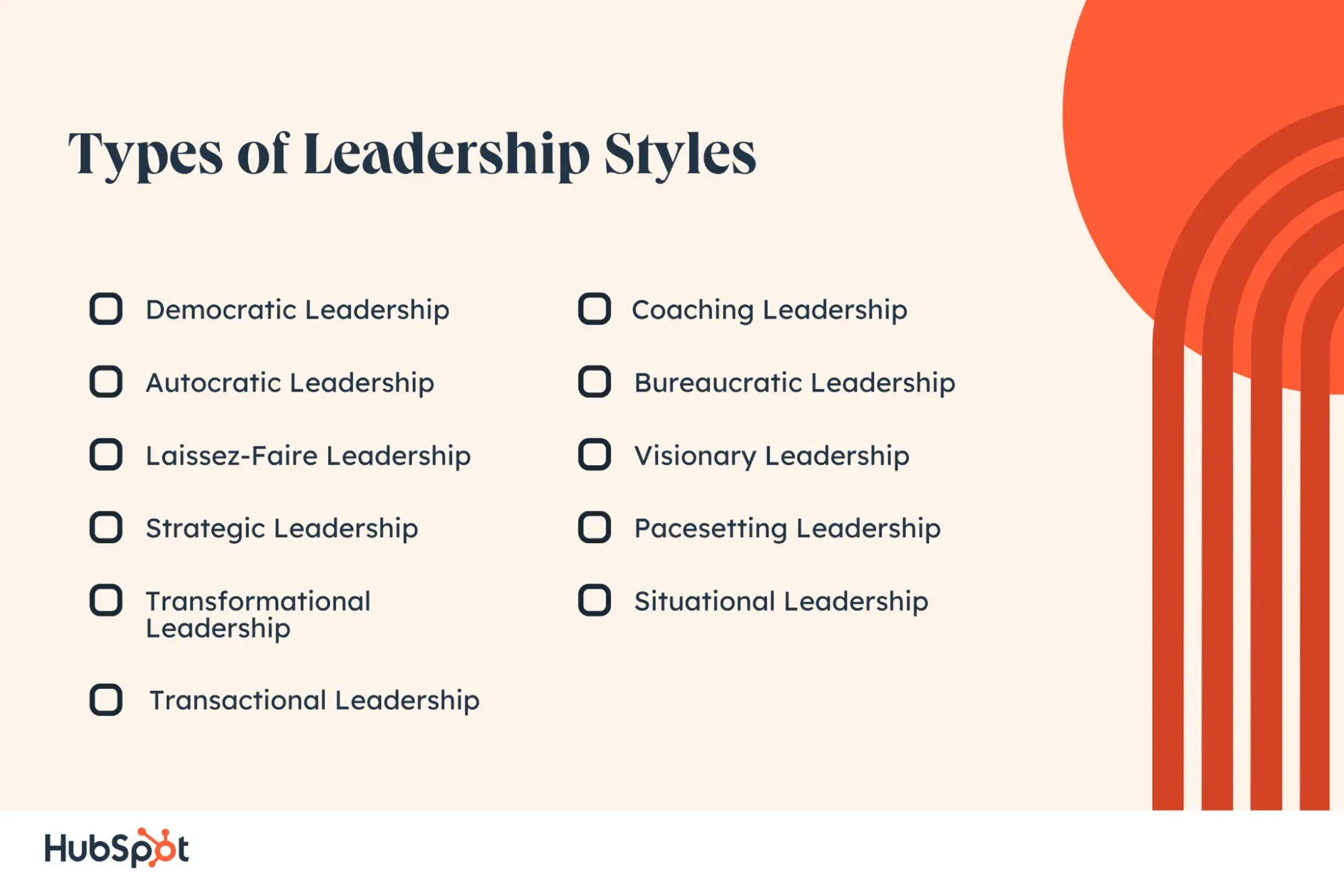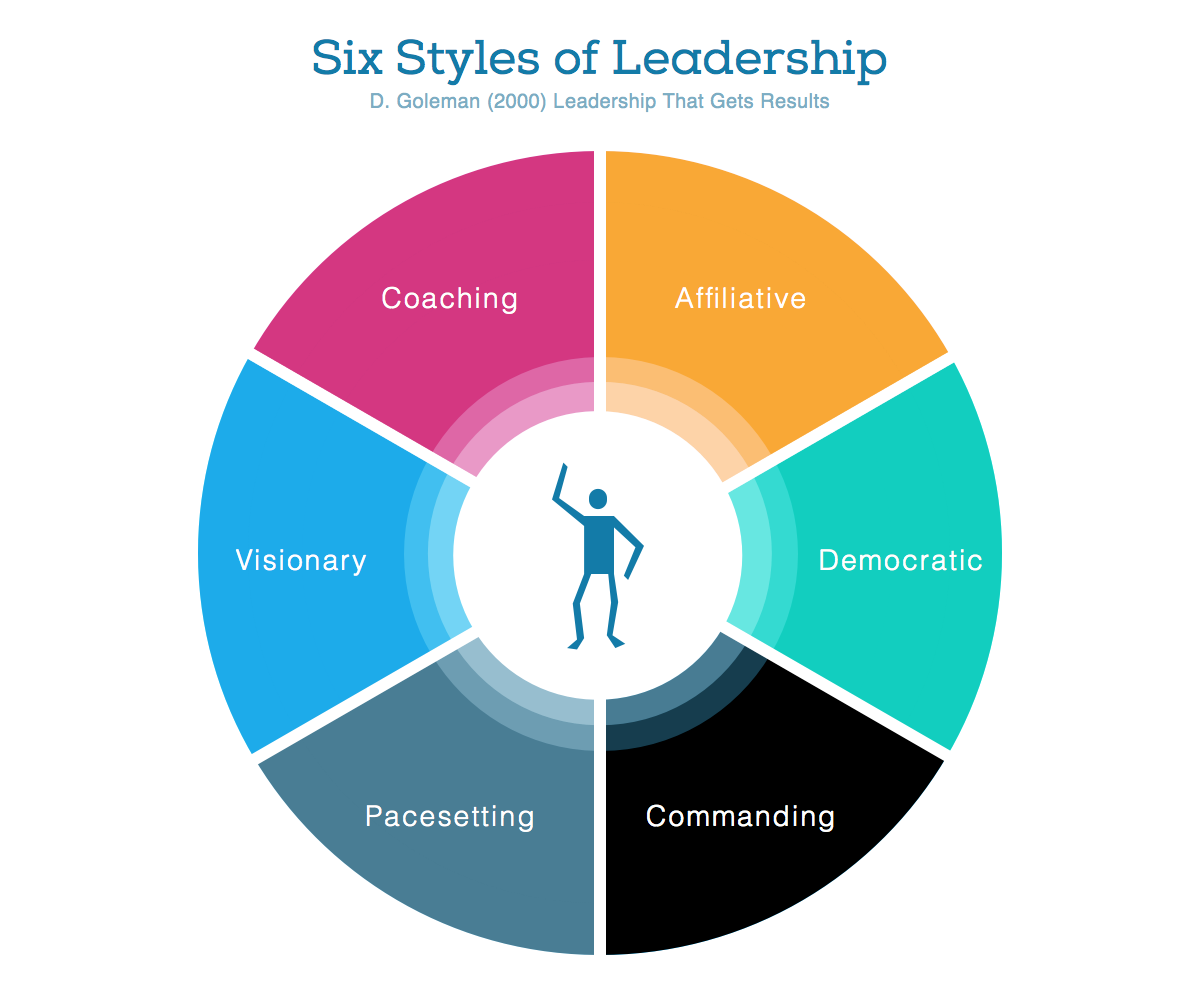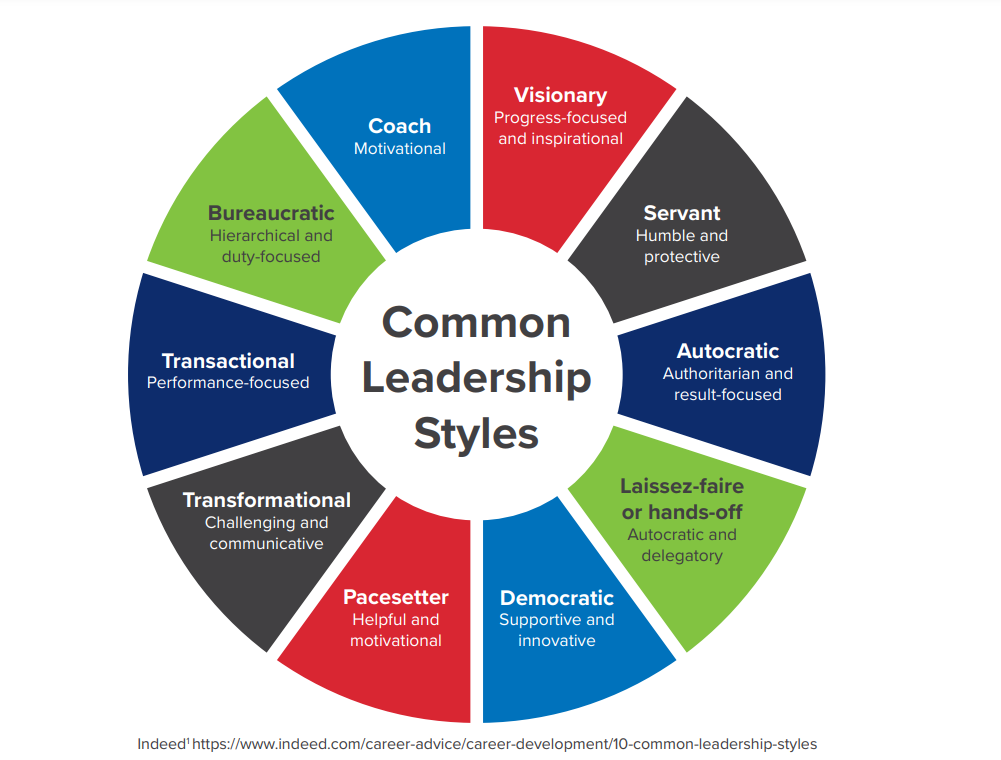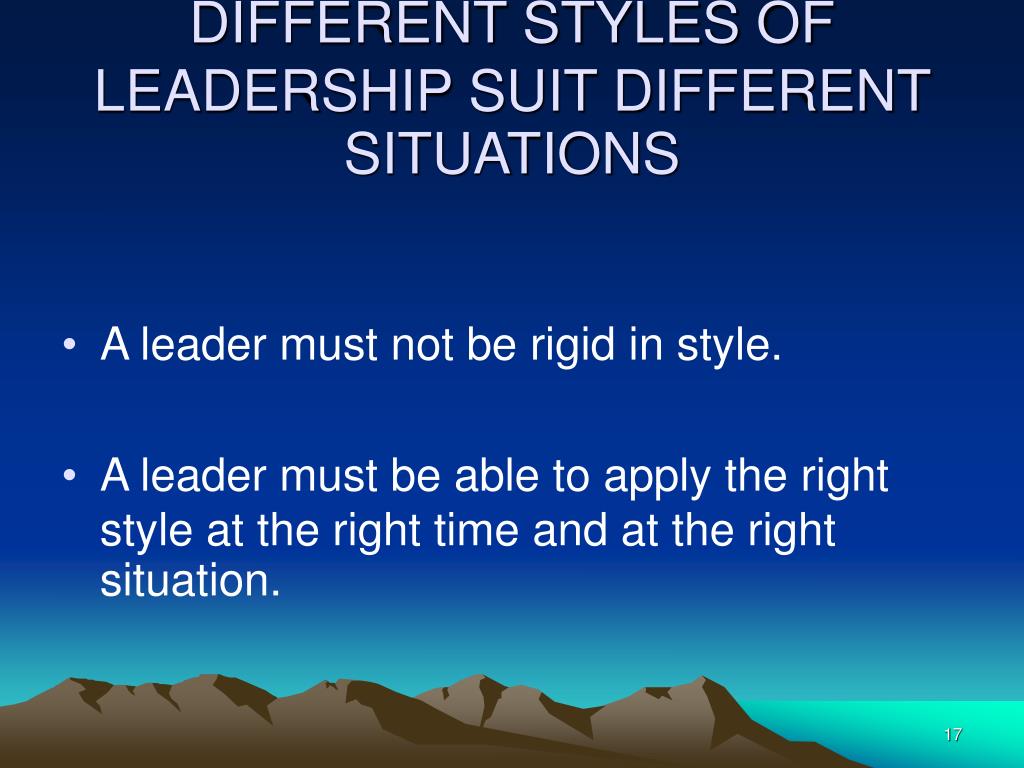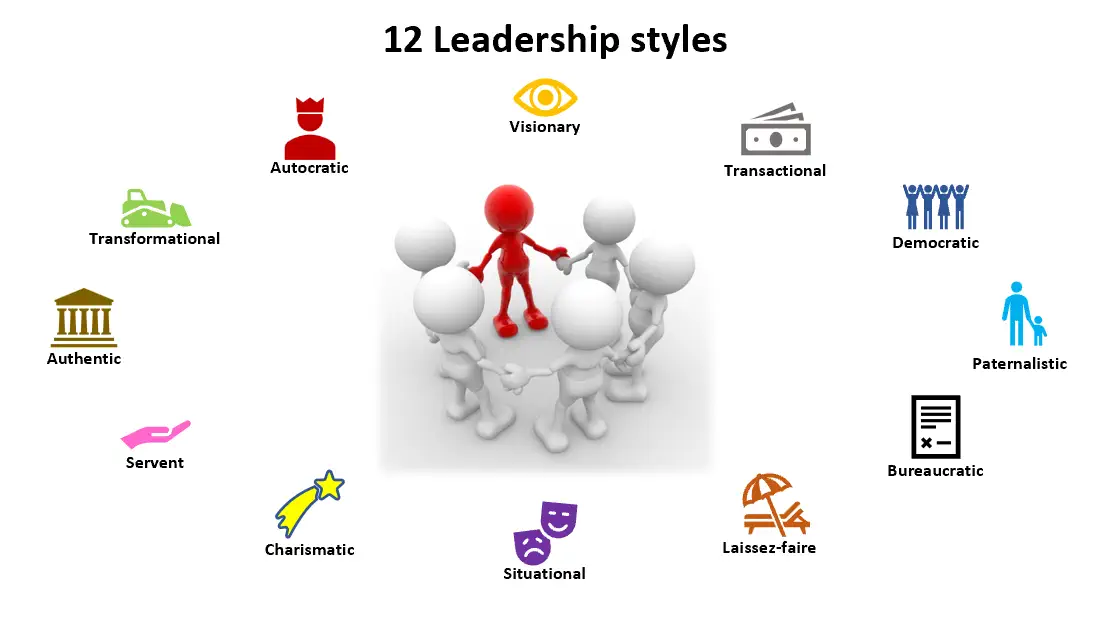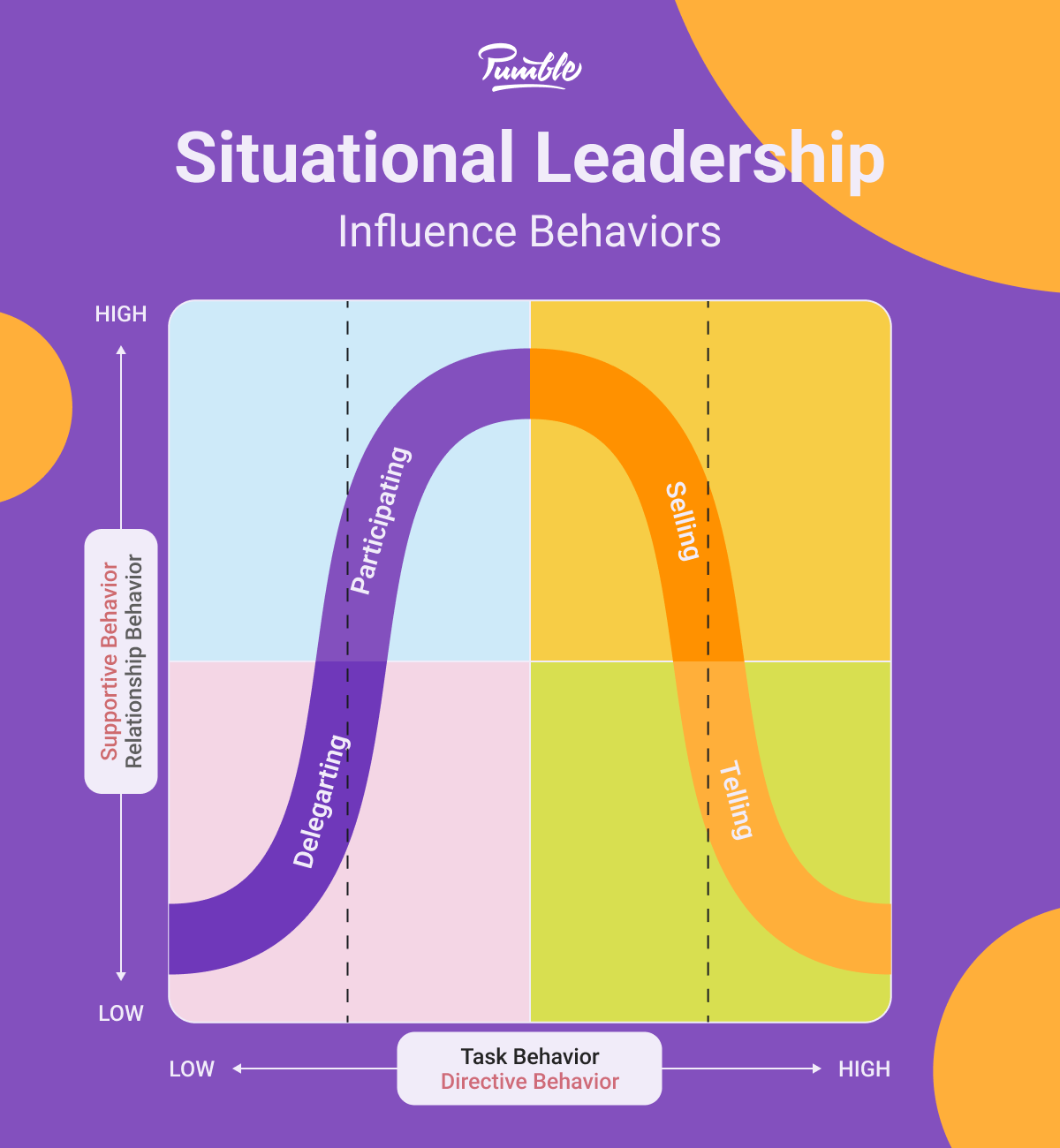Different Situations Require That Different Styles Of Leadership
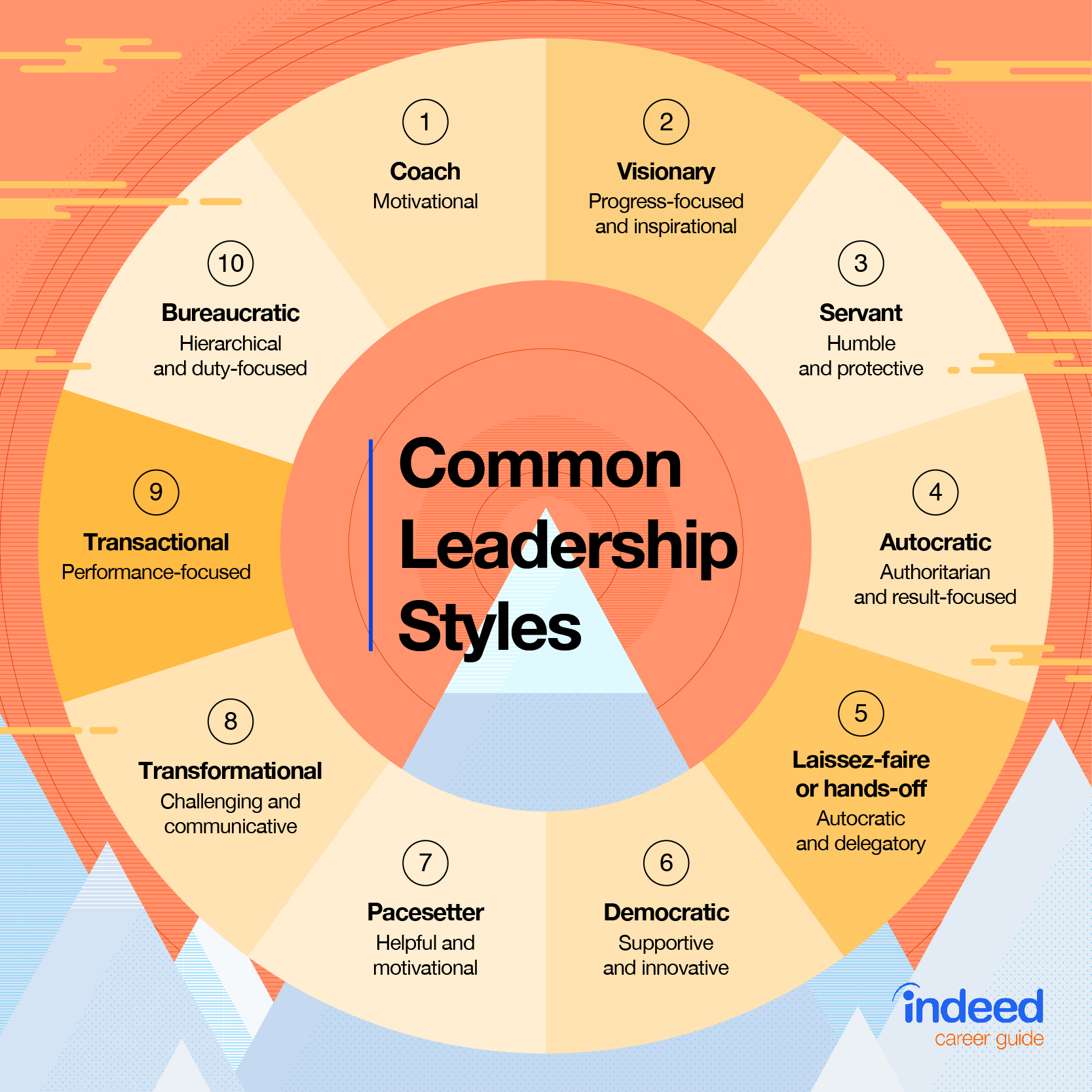
Leadership effectiveness hinges on adaptability, demanding that leaders shift styles to meet the demands of diverse situations. New research underscores the critical need for leaders to be versatile, moving beyond a one-size-fits-all approach.
The study, published this week in the Harvard Business Review, reveals that leaders who effectively adjust their approach based on the context achieve significantly better outcomes. This adaptability impacts everything from team morale to project success rates. The ability to diagnose a situation and apply the appropriate leadership style is now considered a core competency.
Situational Leadership: A Breakdown
Situational leadership, at its core, recognizes that there is no single 'best' style. Instead, the most effective approach depends on factors like team member skill levels, task complexity, and the urgency of the situation. The model, popularized by Paul Hersey and Ken Blanchard, outlines four primary leadership styles.
Directing (S1)
This style is most effective when team members lack experience or are new to a task. Leaders provide clear instructions and close supervision. It is best suited for situations requiring immediate action and precise execution.
Coaching (S2)
When team members are developing skills but still need guidance, a coaching approach works best. Leaders provide direction but also offer support and encouragement. This style fosters growth and builds confidence within the team.
Supporting (S3)
Experienced team members who are capable but may lack confidence benefit from a supporting style. Leaders empower team members to take ownership and make decisions. The emphasis is on collaboration and shared problem-solving.
Delegating (S4)
High-performing, self-motivated teams thrive under a delegating leader. Leaders provide minimal direction and trust team members to execute tasks independently. This approach maximizes efficiency and allows leaders to focus on strategic initiatives.
Data Highlights the Impact
A recent survey of 500 executives found that 82% believe situational leadership is crucial for navigating today's complex business environment. Companies that prioritize leadership development programs focused on situational styles report a 25% increase in employee engagement. This data reinforces the urgent need for organizations to invest in training.
According to a study by Bersin by Deloitte, organizations with strong leadership pipelines are 1.5 times more likely to be high-performing. Specifically, firms emphasizing situational leadership training demonstrated higher adaptability scores during crises. This underscores the value of building leadership agility.
Real-World Application
During the COVID-19 pandemic, leaders faced unprecedented challenges. Those who adapted their styles effectively managed remote teams, maintained productivity, and supported employee well-being. Leaders who failed to adapt saw decreased performance and increased attrition rates.
Consider the case of Acme Corp. When transitioning to remote work, the CEO initially employed a directing style to ensure operational continuity. However, as employees adapted, the leadership shifted to a supporting style, empowering teams to self-manage and innovate.
Looking Ahead
Organizations are now scrambling to incorporate situational leadership principles into their training programs. Upcoming workshops and online resources are designed to equip leaders with the tools they need to assess situations and adjust their styles accordingly. The next quarter will see a surge in leadership development initiatives.
Experts predict that future leadership success will be defined by agility and emotional intelligence. Leaders must continually assess their environment and be ready to pivot their approach. Ongoing monitoring and evaluation are critical.


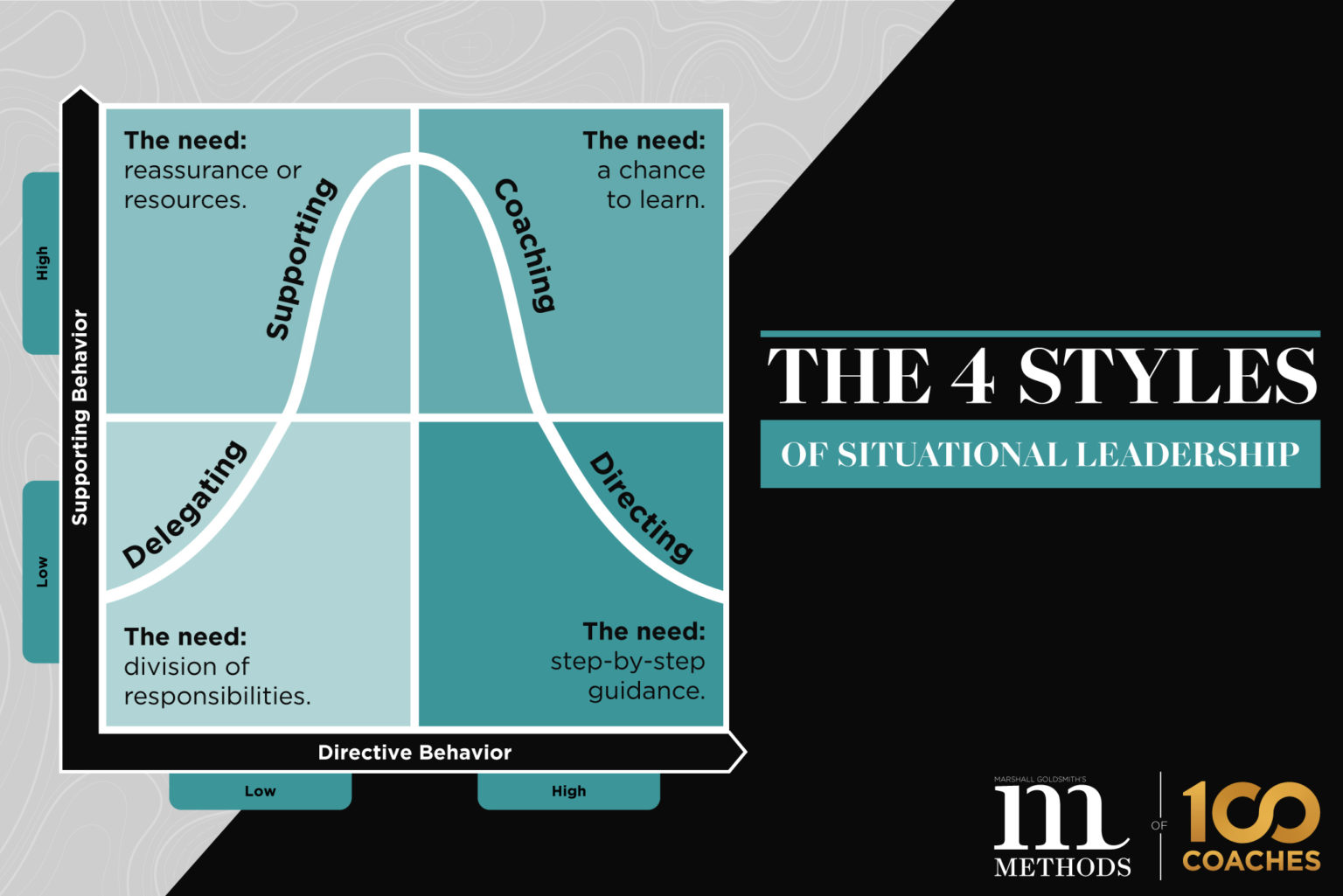
:max_bytes(150000):strip_icc()/2795312-article-leadership-styles-5aa98f7ba9d4f9003740b7d1.png)
